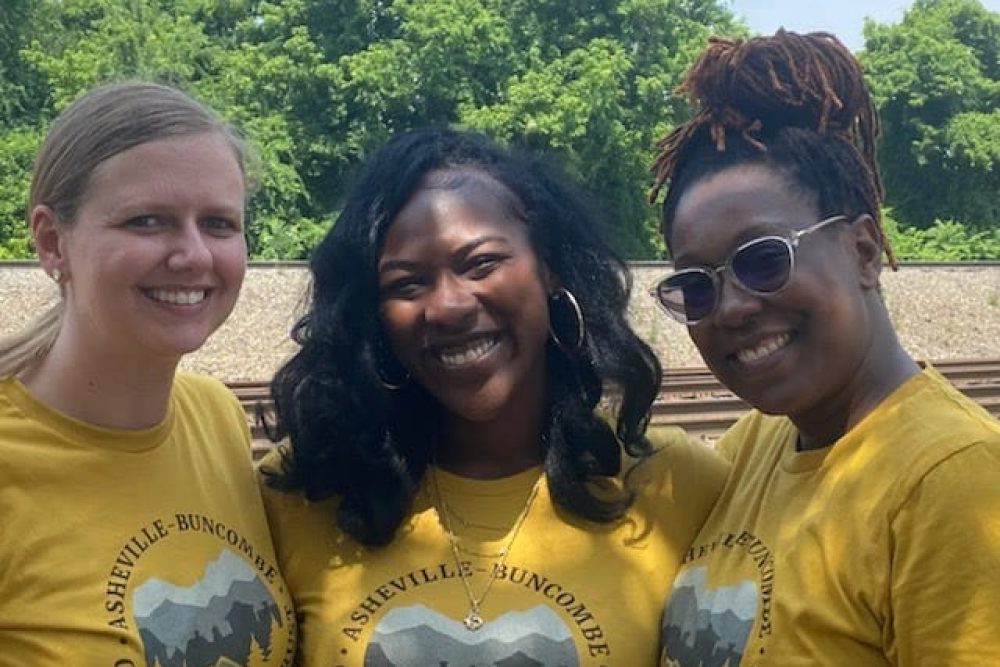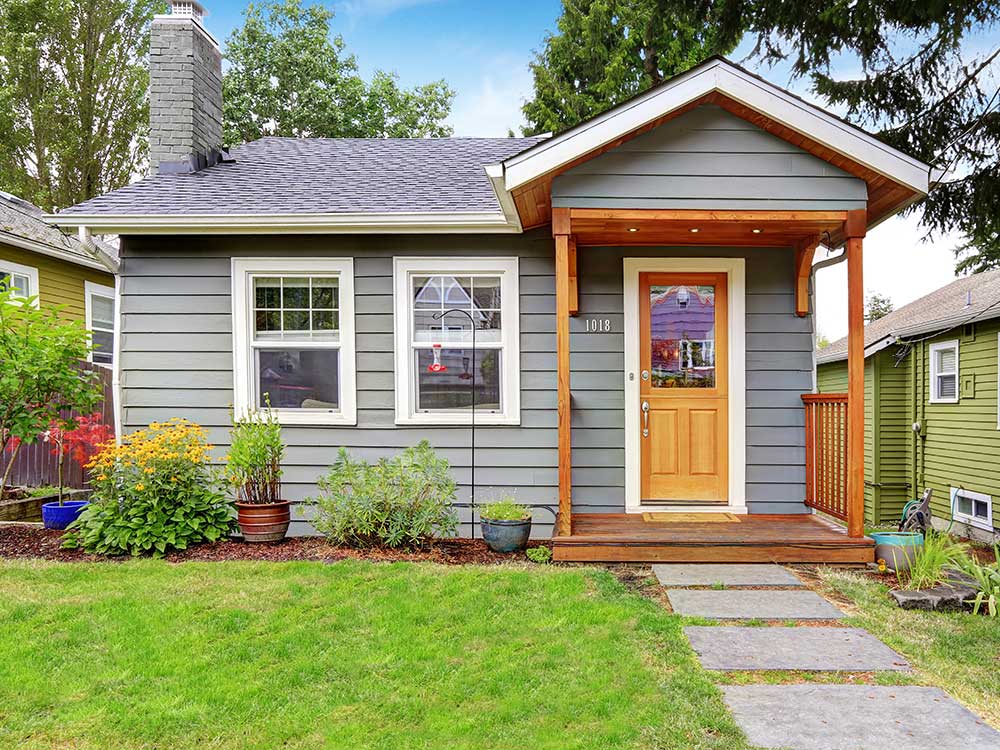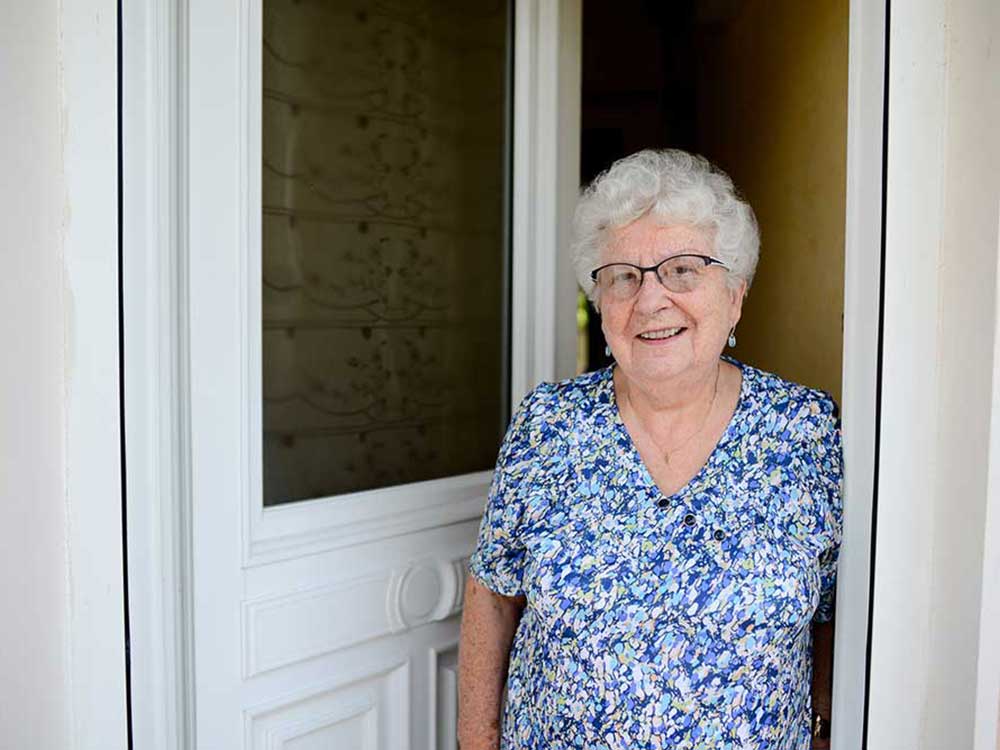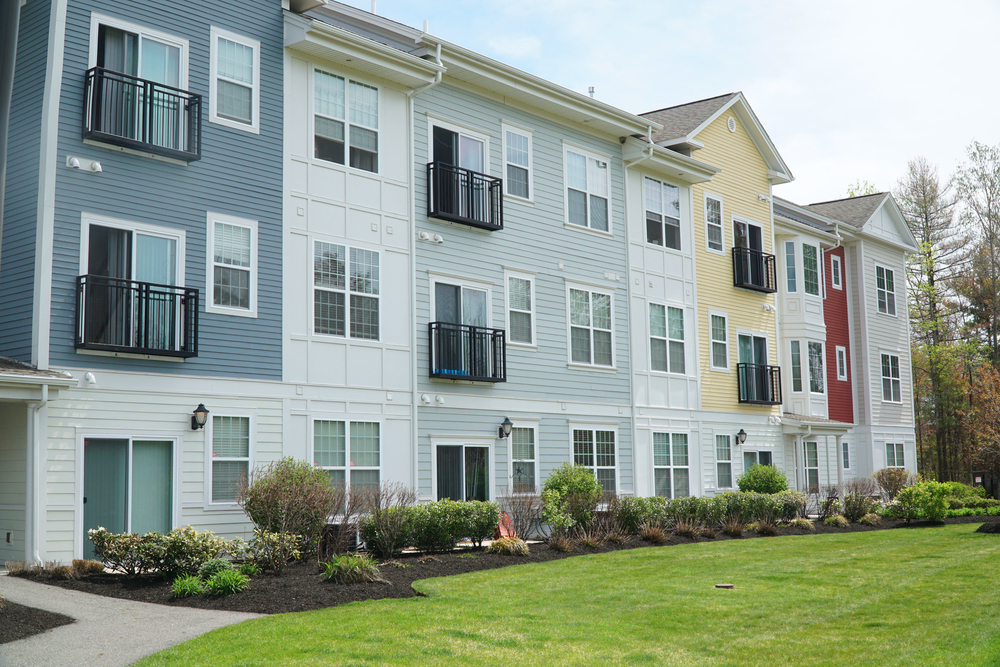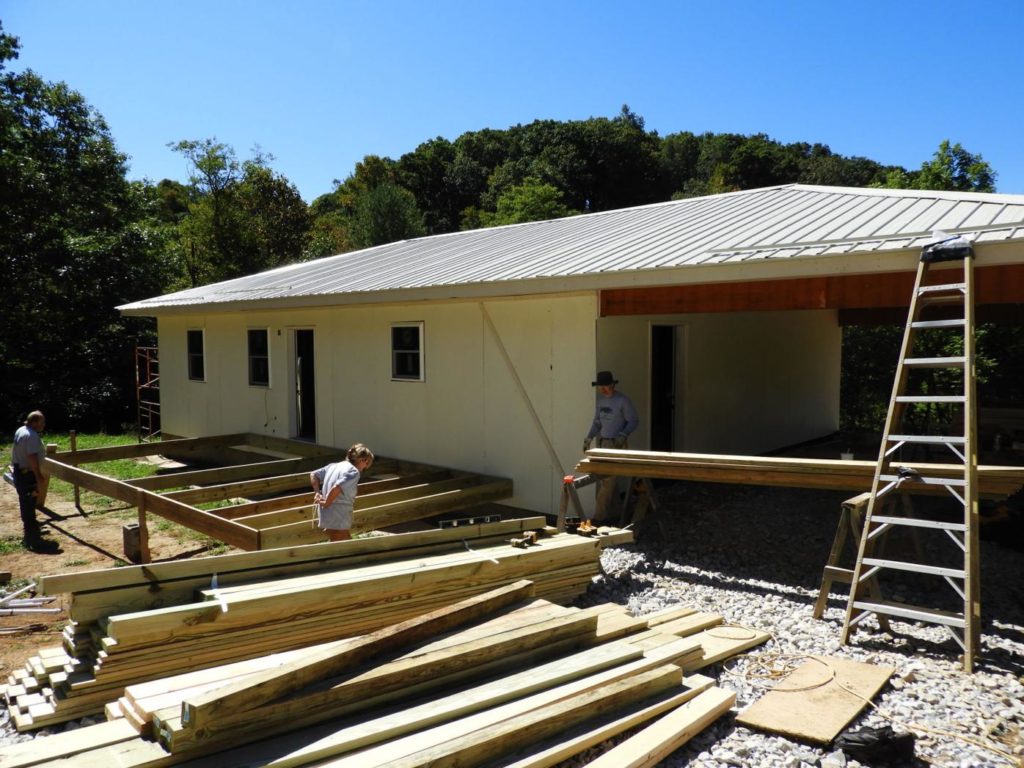In 2014, the City of Asheville commissioned a report to study the effects of gentrification in the East Riverside area. The report revealed rapid gentrification and displacement in the city, ripple effects of historic discriminatory policies such as redlining and urban renewal. In response to these findings and in effort to support equitable programming, the City recommended the incorporation of a community land trust to combat the lasting effects of policies that disproportionately displaced thousands of people in Asheville’s black and low-income communities.
Established in 2018, the Asheville-Buncombe Community Land Trust (ABCLT) works to create permanently affordable residential, commercial, and community spaces that mobilize BIPOC and low- to moderate-income residents to build social, economic, and cultural capital. ABCLT’s goal is to combat gentrification and displacement, particularly in historically Black neighborhoods, and ensure equitable housing opportunities for everyone in Buncombe County. ABCLT homebuyers purchase homes and ground leases at prices well below market rate, while also building equity at a rate of 2.25% compounded annually. This allows homebuyers to purchase at a much lower price point while also generating wealth – a critical contributor to equity. If an ABCLT owner decides to sell, the home will remain affordable to the next buyer and that new purchase price is calculated using a preset resale formula from their ground lease.
In 2021, ABCLT was fortunate to experience monumental progress despite pandemic-related challenges. In response to increasing property values, they received seed funding for a property tax relief program to prevent displacement of 13 homeowners in historically Black neighborhoods, supported in part by Dogwood. Additionally, they launched the Montford & Stumptown Fund and Burton Street Fund to support Black residents, increased organizational capacity, hired a bookkeeper, and pre-qualified their first homebuyer. The impact of this growth was felt in 2022 when ABCLT received funding from Dogwood the support the development of five permanently affordable homes, and celebrated their very first homebuyer, Nikita Lindsey, who purchased a single-family home in the Shiloh neighborhood of Asheville.
Within the next ten years many affordable housing developments in WNC will reach the end of their required period of affordability, meaning owners can begin to rent units at full market rates, leaving current residents to face displacement. As a result, Western North Carolina is experiencing a net loss in affordable housing stock, losing existing units faster than we can create new ones. In this housing climate, Community Land Trusts (CLTs) such as ABCLT create resiliency for low-income residents and allow for development without displacement.

